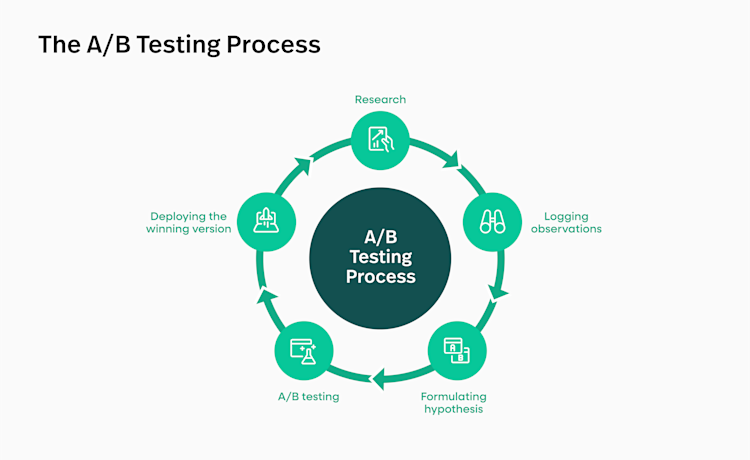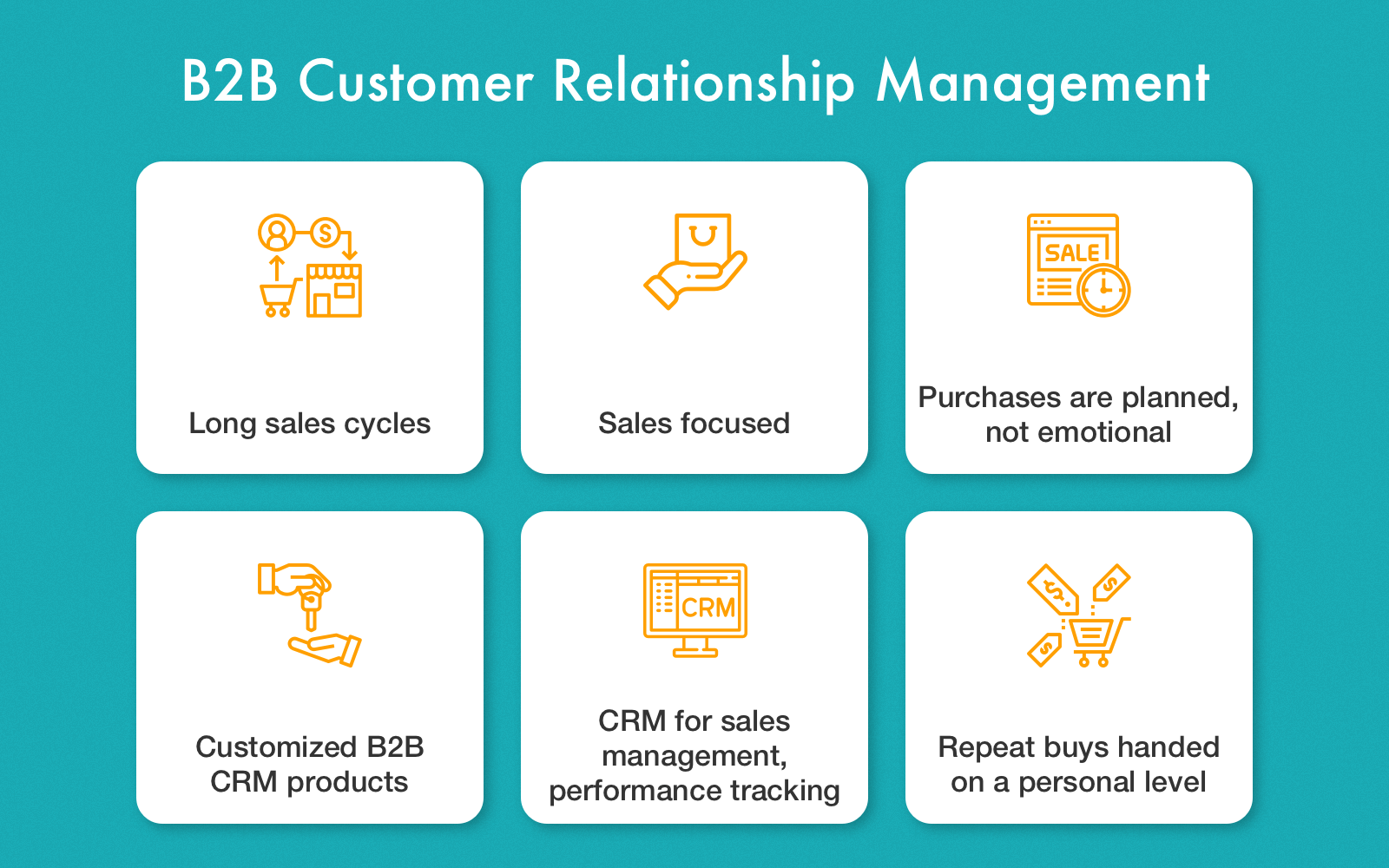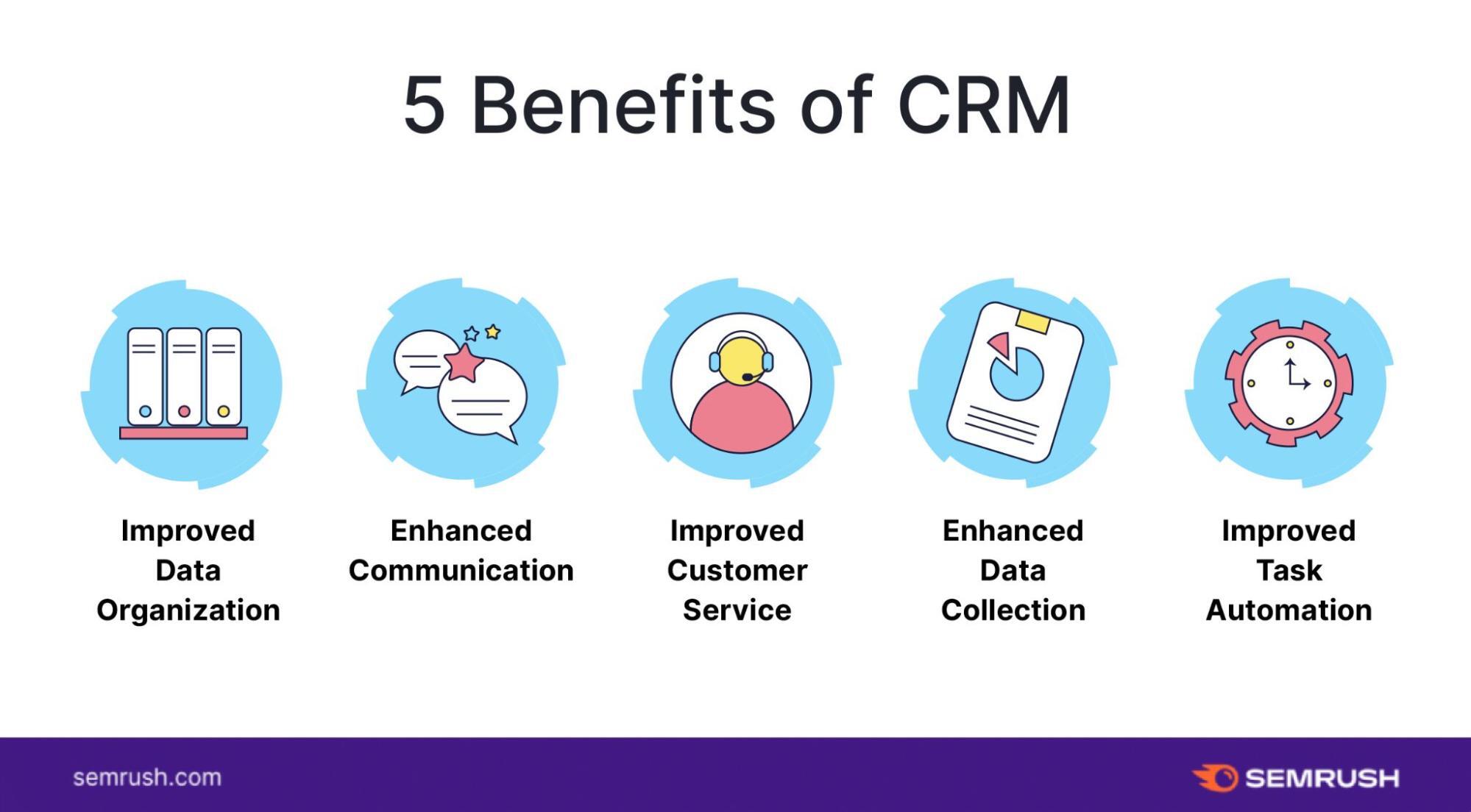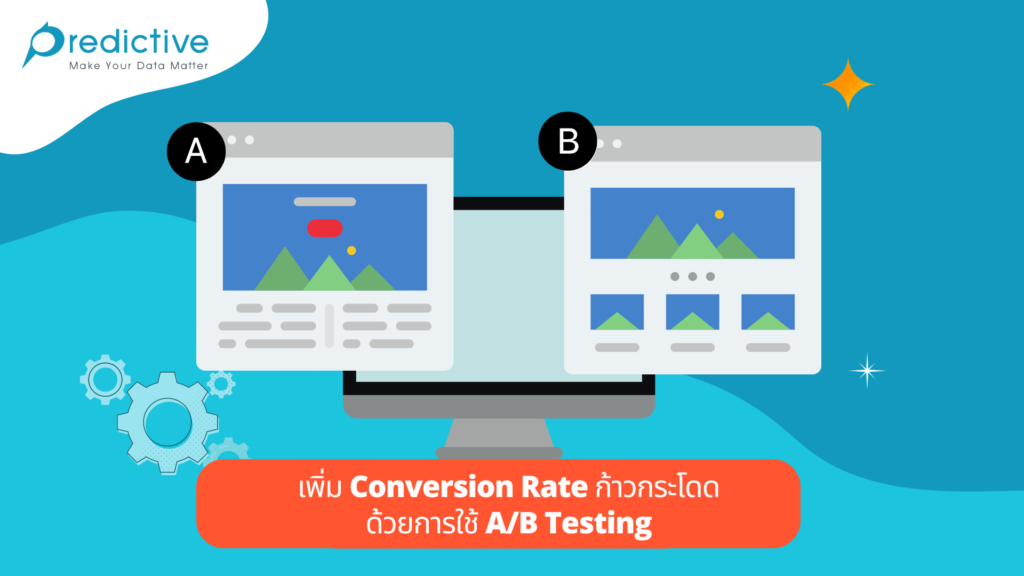
CRM Marketing A/B Testing: The Ultimate Guide to Optimizing Customer Relationship Management
In the ever-evolving landscape of digital marketing, staying ahead of the curve is crucial. One of the most powerful tools in a marketer’s arsenal is Customer Relationship Management (CRM). CRM systems are no longer just about storing customer data; they’re the central nervous system of your marketing efforts. But even the most sophisticated CRM setup can fall short if you’re not constantly refining your strategies. That’s where A/B testing comes into play – it’s the scientific method applied to your CRM marketing, allowing you to continuously optimize and improve your results.
This comprehensive guide will delve into the world of CRM marketing A/B testing, providing you with the knowledge and strategies to transform your CRM from a data repository into a high-performing engine for customer engagement and revenue generation. We’ll cover everything from the fundamental principles of A/B testing to advanced techniques, real-world examples, and actionable insights that you can implement immediately.
Understanding the Power of CRM Marketing
Before we dive into A/B testing, let’s establish the importance of CRM marketing. CRM marketing is the practice of using a CRM system to manage and analyze customer interactions and data throughout the customer lifecycle. It’s about building strong relationships with your customers, understanding their needs, and delivering personalized experiences that drive loyalty and sales.
Here’s why CRM marketing is so vital:
- Personalization: CRM allows you to segment your audience and tailor your messaging, offers, and experiences to individual customer preferences.
- Improved Customer Experience: By understanding customer behavior and preferences, you can proactively address their needs and provide exceptional service.
- Increased Customer Retention: Personalized communication and proactive support foster customer loyalty, reducing churn.
- Enhanced Sales Conversion: Targeted campaigns and lead nurturing sequences improve your chances of converting leads into customers.
- Data-Driven Decision Making: CRM provides valuable insights into customer behavior, allowing you to make informed decisions about your marketing strategies.
In essence, CRM marketing is about putting the customer at the center of your marketing efforts, building meaningful relationships, and driving sustainable growth. Without a CRM, you’re essentially flying blind, relying on guesswork rather than data-driven insights. Without the ability to measure and experiment, you’re leaving money on the table.
The Fundamentals of A/B Testing
A/B testing, also known as split testing, is a method of comparing two versions of something – a webpage, an email, a subject line, etc. – to determine which one performs better. It’s a simple yet powerful concept: you create two variations (A and B) of a specific element, and you show each variation to a different segment of your audience. By analyzing the results, you can identify which version is more effective at achieving your desired outcome.
Here’s a breakdown of the key steps involved in A/B testing:
- Define Your Objective: What are you trying to achieve? (e.g., increase email open rates, boost click-through rates, improve conversion rates).
- Identify the Element to Test: Choose a specific element that you want to optimize (e.g., subject line, call-to-action button, email template).
- Create Variations: Develop two or more variations of the chosen element.
- Choose Your Audience: Determine the segments of your audience that will be exposed to each variation.
- Run the Test: Deploy your A/B test and let it run for a predetermined period (typically until you reach statistical significance).
- Analyze the Results: Compare the performance of each variation and identify the winner.
- Implement the Winner: Replace the original element with the winning variation and continue to monitor its performance.
A/B testing isn’t a one-time activity; it’s an ongoing process of experimentation and optimization. The more you test, the more you learn about your audience and the more effectively you can tailor your marketing efforts.
Why A/B Test in CRM Marketing?
While A/B testing is a valuable practice across all marketing channels, it’s particularly critical in CRM marketing. Here’s why:
- Personalization is Key: CRM marketing is all about personalization. A/B testing allows you to refine your personalized messaging and offers to maximize their impact.
- Data-Driven Insights: CRM systems collect a wealth of customer data. A/B testing allows you to leverage this data to gain actionable insights into customer behavior and preferences.
- Improved ROI: By optimizing your CRM campaigns, you can significantly improve your return on investment (ROI) and generate more revenue.
- Enhanced Customer Experience: A/B testing helps you identify the elements that resonate most with your customers, leading to a better overall experience.
- Continuous Improvement: A/B testing is an iterative process that allows you to continuously refine your CRM strategies and stay ahead of the competition.
Essentially, A/B testing in CRM marketing is about using data to make informed decisions, personalize customer experiences, and drive measurable results. It’s a powerful tool for optimizing every aspect of your customer journey, from initial contact to post-purchase engagement.
What to A/B Test in Your CRM Marketing Campaigns
The possibilities for A/B testing in CRM marketing are virtually endless. Here are some of the key areas you should focus on:
Email Marketing
Email marketing is a cornerstone of CRM marketing, and it’s ripe for A/B testing. Consider testing the following elements:
- Subject Lines: Test different subject lines to see which ones generate the highest open rates. Experiment with personalization, urgency, and different tones.
- Sender Names: Test sending emails from a personal name versus a company name or department.
- Email Content: Experiment with different email templates, layouts, and messaging. Test different calls-to-action (CTAs), headlines, and body copy.
- Personalization: Test the impact of personalization on your email performance. Include customer names, personalized recommendations, and tailored content.
- Send Times: Experiment with different send times to determine when your audience is most likely to engage with your emails.
- Segmentation: Test the effectiveness of different audience segments by tailoring messaging based on demographics, behavior, and preferences.
Landing Pages
Landing pages are crucial for converting leads into customers. A/B testing your landing pages can significantly improve your conversion rates. Focus on testing:
- Headlines: Test different headlines to see which ones capture the attention of your audience.
- Body Copy: Experiment with different body copy that highlights the benefits of your product or service.
- Call-to-Action (CTA) Buttons: Test different CTA button colors, sizes, and wording.
- Form Fields: Test the number of form fields to find the optimal balance between information gathering and conversion rates.
- Images and Videos: Test different images and videos to see which ones resonate most with your audience.
- Page Layout: Experiment with different page layouts to improve the user experience and guide visitors towards your desired action.
Website Personalization
Personalizing your website experience can significantly increase engagement and conversions. A/B test different personalization strategies, such as:
- Dynamic Content: Test different content variations that are displayed based on visitor behavior, demographics, or past interactions.
- Product Recommendations: Test different product recommendation algorithms to see which ones generate the most clicks and conversions.
- Personalized Offers: Test different personalized offers and promotions to see which ones are most appealing to your audience.
- Website Layout: Adapt the website layout based on customer profiles.
Lead Nurturing Sequences
Lead nurturing sequences are automated email campaigns designed to guide leads through the sales funnel. A/B test different elements of your lead nurturing sequences, such as:
- Email Frequency: Test different email frequencies to find the optimal balance between engagement and unsubscribes.
- Email Content: Experiment with different email content, including educational content, product demos, and customer testimonials.
- Call-to-Action (CTA) Buttons: Test different CTA button wording and placement.
- Segmentation: Tailor the nurturing sequence based on customer segments.
SMS Marketing
SMS marketing offers a high level of engagement. Test the following:
- Message Content: Test different message content to see what resonates.
- Call-to-Action (CTA): Test different CTAs.
- Timing: Test different times of the day for sending messages.
How to Conduct Effective A/B Tests in CRM Marketing
Conducting effective A/B tests requires a systematic approach. Here’s a step-by-step guide to help you get started:
- Set Clear Goals: Before you start testing, define your goals. What are you trying to achieve? (e.g., increase open rates, boost conversion rates).
- Identify a Hypothesis: Formulate a hypothesis about what you think will improve your results. (e.g., “Changing the subject line to include the customer’s name will increase open rates.”)
- Choose Your Testing Tool: Select an A/B testing tool that integrates with your CRM system. Many CRM platforms have built-in A/B testing features, while others integrate with third-party tools.
- Segment Your Audience: Divide your audience into two or more segments, ensuring each segment is representative of your target audience.
- Create Your Variations: Develop two or more variations of the element you want to test.
- Run the Test: Launch your A/B test and let it run for a predetermined period. Monitor the results closely.
- Analyze the Results: Once the test is complete, analyze the results to determine which variation performed best. Look for statistical significance to ensure your results are reliable.
- Implement the Winning Variation: Implement the winning variation and monitor its performance over time.
- Document Your Results: Keep detailed records of your A/B tests, including your goals, hypothesis, variations, results, and conclusions. This documentation will help you learn from your experiments and improve your future testing efforts.
- Repeat and Iterate: A/B testing is an ongoing process. Once you’ve implemented the winning variation, start the process over by identifying new elements to test and refining your strategies.
By following these steps, you can conduct effective A/B tests that will help you optimize your CRM marketing campaigns and achieve your business objectives.
Choosing the Right A/B Testing Tools
Selecting the right A/B testing tool is crucial for success. The best tool for you will depend on your specific needs and the capabilities of your CRM system. Here are some popular options:
- Built-in CRM Features: Many CRM platforms, such as HubSpot, Salesforce, and Marketo, offer built-in A/B testing features. These features are often easy to use and integrate seamlessly with your CRM data.
- Dedicated A/B Testing Platforms: Platforms like Optimizely, VWO (Visual Website Optimizer), and AB Tasty provide advanced A/B testing capabilities, including more sophisticated targeting options, multivariate testing, and detailed analytics.
- Email Marketing Platforms: Email marketing platforms like Mailchimp, Sendinblue, and GetResponse often include A/B testing features for email subject lines, content, and send times.
- Google Optimize: Google Optimize is a free A/B testing tool that integrates with Google Analytics. It’s a good option for testing website elements. (Note: Google Optimize is being sunsetted, so it’s important to consider alternatives.)
When choosing an A/B testing tool, consider the following factors:
- Integration with Your CRM: Ensure the tool integrates seamlessly with your CRM system.
- Ease of Use: Choose a tool that is easy to use and understand.
- Features: Consider the features you need, such as advanced targeting options, multivariate testing, and detailed analytics.
- Pricing: Evaluate the pricing options and choose a tool that fits your budget.
- Support: Look for a tool that offers good customer support.
Example A/B Testing Scenarios in CRM Marketing
To illustrate the power of A/B testing, let’s look at some specific examples:
Scenario 1: Email Subject Line Testing
Objective: Increase email open rates for a promotional campaign.
Hypothesis: Subject lines that include a sense of urgency will generate higher open rates.
Variations:
- Variation A: “Limited-Time Offer: Save 20% on [Product Name]!”
- Variation B: “Exclusive Deal Inside: 20% Off [Product Name] for You!”
Results: After running the test, Variation B, with the “Exclusive Deal Inside” subject line, had a significantly higher open rate than Variation A.
Conclusion: The results suggest that highlighting the exclusivity of the offer resonated more with the audience than the limited-time aspect.
Scenario 2: Landing Page CTA Button Testing
Objective: Increase conversion rates on a landing page.
Hypothesis: Changing the color and wording of the CTA button will improve click-through rates.
Variations:
- Variation A: Green button with the text “Sign Up Now”
- Variation B: Red button with the text “Get Started Today”
Results: After running the test, Variation B, with the red button and the text “Get Started Today,” had a significantly higher click-through rate and conversion rate.
Conclusion: The red button and the more action-oriented wording resonated more with the audience.
Scenario 3: Email Content Testing
Objective: Increase click-through rate in an email marketing campaign.
Hypothesis: A shorter email with a clear call to action will increase click-through rates.
Variations:
- Variation A: A long-form email with multiple product descriptions and a general call to action.
- Variation B: A short email with a single product focus and a specific call to action.
Results: After running the test, Variation B, the shorter email with a specific CTA, had a higher click-through rate.
Conclusion: The audience preferred a concise message with a clear directive.
Best Practices for CRM Marketing A/B Testing
To maximize the effectiveness of your A/B testing efforts, follow these best practices:
- Start Small: Begin with simple tests and gradually increase the complexity of your experiments.
- Focus on One Element at a Time: Test only one element at a time to isolate the impact of each change.
- Run Tests for Sufficient Duration: Allow your tests to run for a sufficient period to gather enough data and ensure statistical significance.
- Use Statistical Significance: Use statistical significance to determine if your results are reliable. A common threshold is 95% confidence.
- Segment Your Audience: Segment your audience to personalize your tests and ensure the results are relevant to your target segments.
- Document Everything: Keep detailed records of your tests, including your goals, hypothesis, variations, results, and conclusions.
- Prioritize Based on Impact: Prioritize your A/B tests based on their potential impact on your business objectives.
- Continuously Analyze and Refine: Regularly analyze your test results and refine your strategies based on your findings.
- Don’t Be Afraid to Fail: Not all A/B tests will result in positive outcomes. Embrace the learning process and use failures as opportunities to improve.
- Stay Updated: Keep abreast of the latest A/B testing trends and best practices.
Overcoming Challenges in CRM Marketing A/B Testing
While A/B testing is a powerful tool, it’s not without its challenges. Here are some common hurdles and how to overcome them:
- Lack of Resources: A/B testing requires time, effort, and sometimes, additional tools. If you lack resources, start small and prioritize the most impactful tests. Consider using built-in CRM features or free tools to get started.
- Small Sample Sizes: If your customer base is small, it can be challenging to gather enough data to reach statistical significance. In this case, you may need to run tests for longer periods or focus on testing elements that have a high potential impact.
- Technical Difficulties: Setting up and running A/B tests can sometimes be technically challenging. Choose tools that are easy to use and offer good support. If you encounter technical difficulties, seek help from the tool’s support team or consult with a technical expert.
- Lack of Expertise: A/B testing requires a certain level of expertise in areas such as statistics and data analysis. If you lack this expertise, consider taking online courses, reading industry blogs, or consulting with an A/B testing specialist.
- Testing Too Many Variables at Once: Testing too many variables simultaneously can make it difficult to isolate the impact of each change. Focus on testing one element at a time.
- Ignoring Statistical Significance: Don’t make decisions based on results that are not statistically significant. Always use statistical significance to determine if your results are reliable.
By being aware of these challenges and taking steps to overcome them, you can maximize the effectiveness of your A/B testing efforts.
Measuring and Analyzing Results
Measuring and analyzing the results of your A/B tests is crucial for determining which variations are most effective. Here’s how to do it:
- Define Key Metrics: Before launching your A/B test, identify the key metrics you’ll use to measure success. These metrics should align with your overall goals. Common metrics include open rates, click-through rates, conversion rates, and revenue.
- Track Your Metrics: Use your A/B testing tool or CRM system to track your key metrics. Make sure you’re tracking the metrics accurately and consistently.
- Calculate Statistical Significance: Use a statistical significance calculator to determine if your results are reliable. Statistical significance tells you the probability that your results are due to the changes you made, rather than chance.
- Analyze the Data: Once your test is complete, analyze the data to identify the winning variation. Look for patterns and trends in the data.
- Segment Your Data: Segment your data by customer segments to see if the results vary across different groups. This can help you personalize your marketing efforts even further.
- Document Your Findings: Document your findings, including your goals, hypothesis, variations, results, and conclusions. This documentation will help you learn from your experiments and improve your future testing efforts.
- Iterate and Optimize: Based on your findings, implement the winning variation and continue to iterate and optimize your campaigns. A/B testing is an ongoing process.
Integrating A/B Testing into Your CRM Strategy
Integrating A/B testing into your CRM strategy requires a strategic approach. Here’s how to do it:
- Prioritize Based on Impact: Identify the areas of your CRM strategy that have the greatest potential for improvement. Focus your A/B testing efforts on these areas first.
- Create a Testing Calendar: Develop a testing calendar to plan your A/B tests. This will help you stay organized and ensure you’re testing regularly.
- Establish a Feedback Loop: Create a feedback loop to ensure that insights from your A/B tests are shared with the relevant teams.
- Train Your Team: Train your team on the principles of A/B testing and how to use your A/B testing tools.
- Measure and Report Results: Regularly measure and report the results of your A/B tests to stakeholders.
- Foster a Culture of Experimentation: Create a culture of experimentation within your organization. Encourage your team to embrace A/B testing and view it as a valuable learning process.
- Allocate Resources: Allocate sufficient resources to your A/B testing efforts, including time, budget, and personnel.
Conclusion: Embrace the Power of CRM Marketing A/B Testing
CRM marketing A/B testing is a powerful tool that can transform your CRM system from a data repository into a high-performing engine for customer engagement and revenue generation. By embracing A/B testing, you can gain valuable insights into customer behavior, personalize your marketing efforts, improve your ROI, and continuously refine your CRM strategies. The key is to start small, focus on one element at a time, and consistently analyze your results. By implementing the best practices outlined in this guide, you can unlock the full potential of your CRM system and drive sustainable growth.
Remember, A/B testing is not a one-time activity; it’s an ongoing process of experimentation and optimization. Embrace the power of data-driven decision-making, and you’ll be well on your way to building stronger customer relationships and achieving remarkable marketing results. The journey to marketing excellence is paved with data, experimentation, and continuous improvement. Start testing today and witness the transformation in your CRM marketing efforts!



